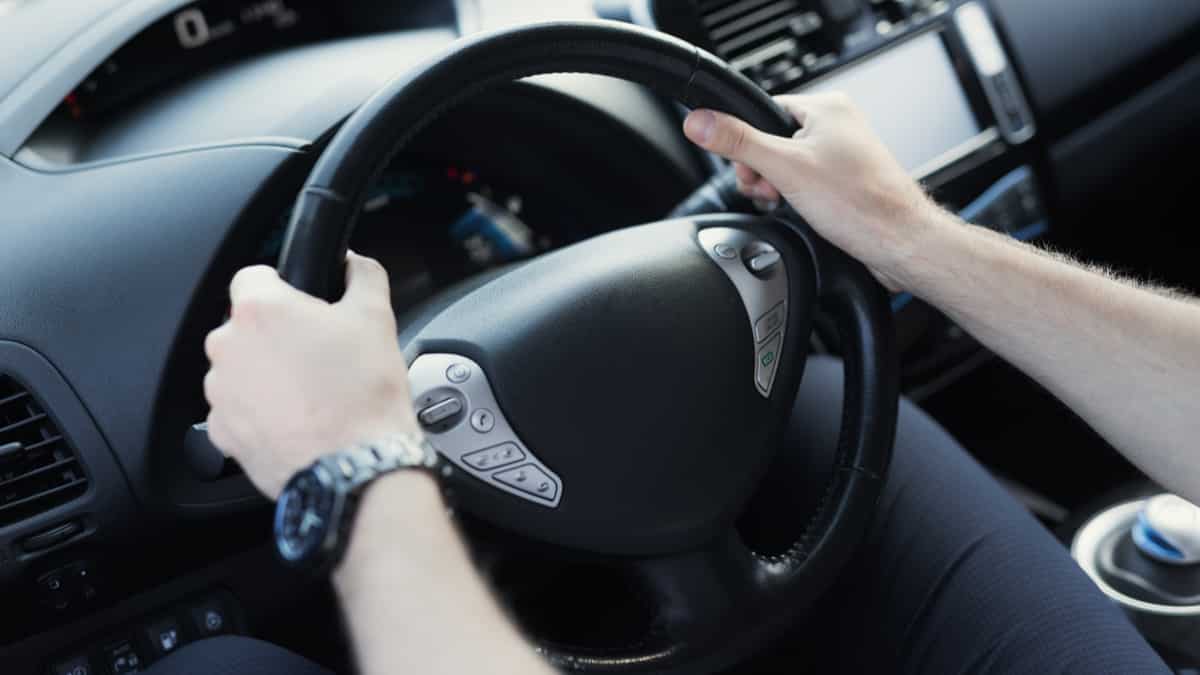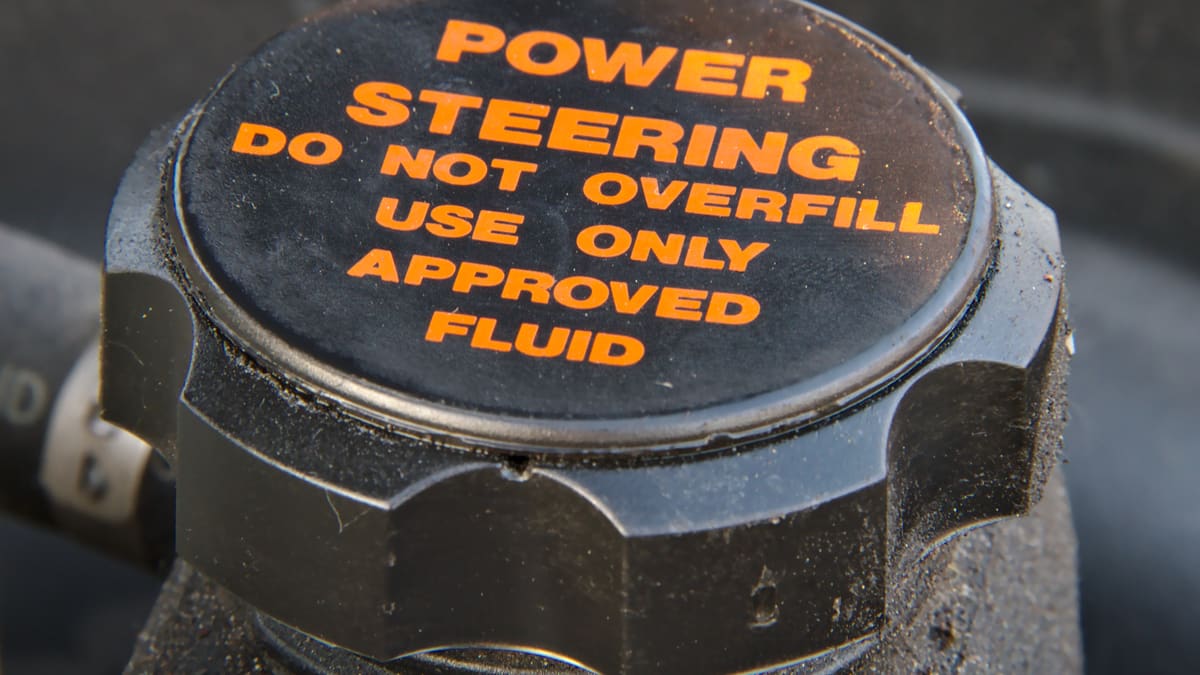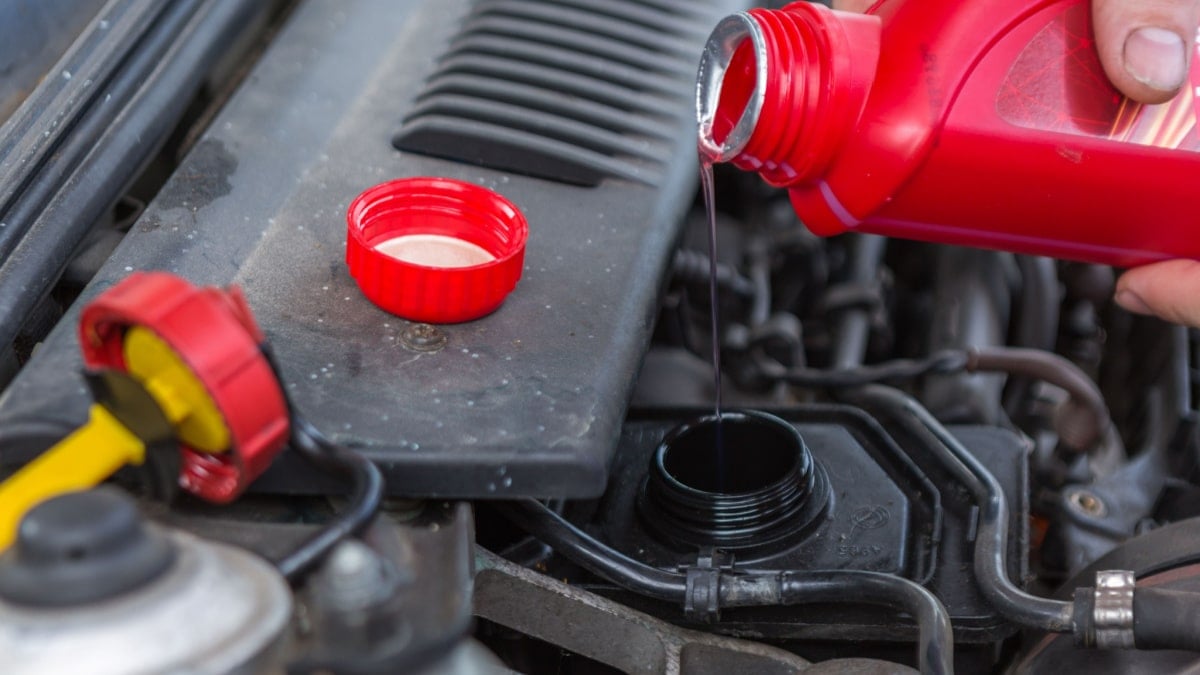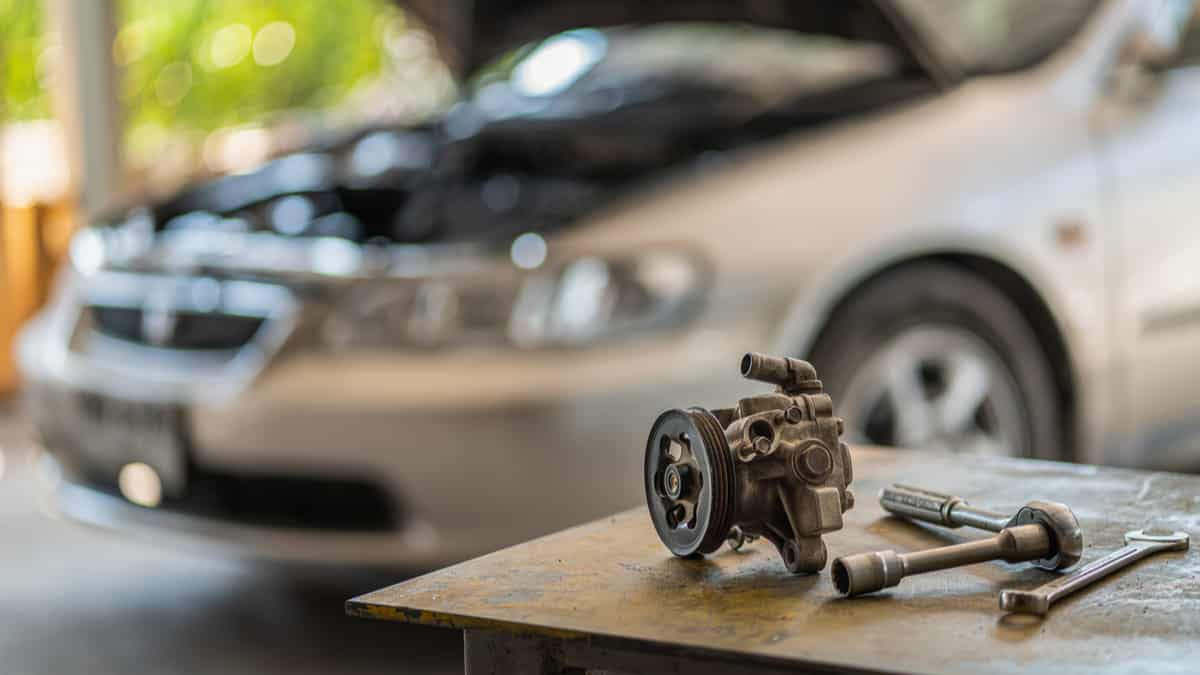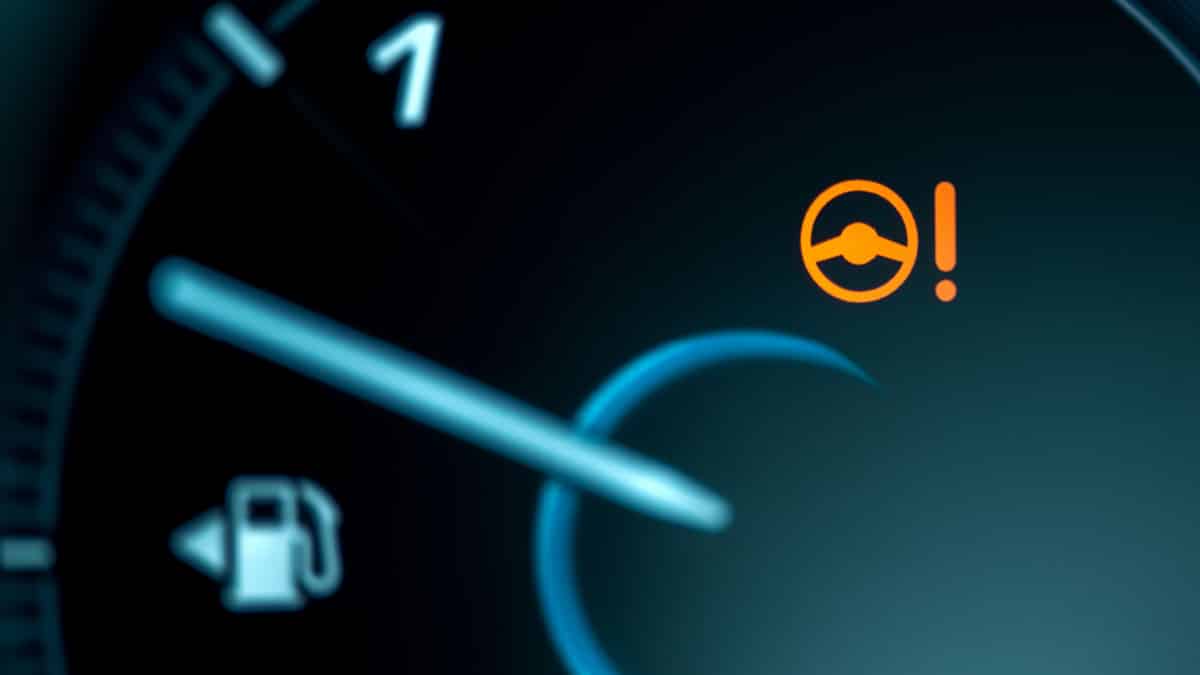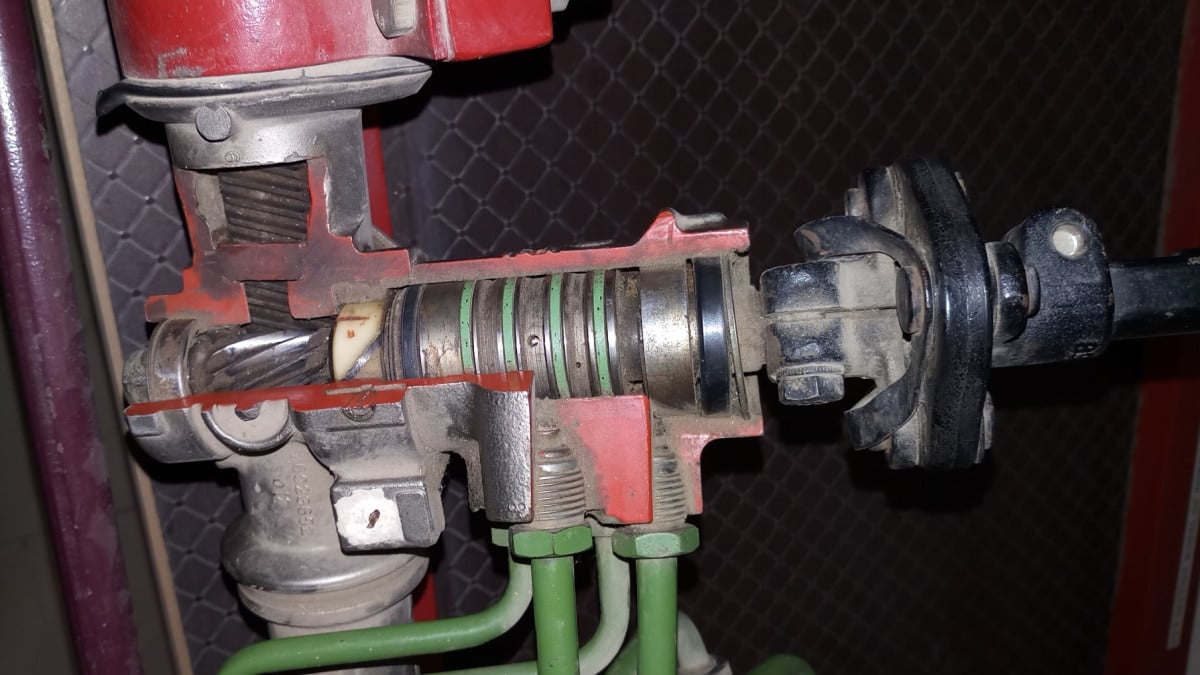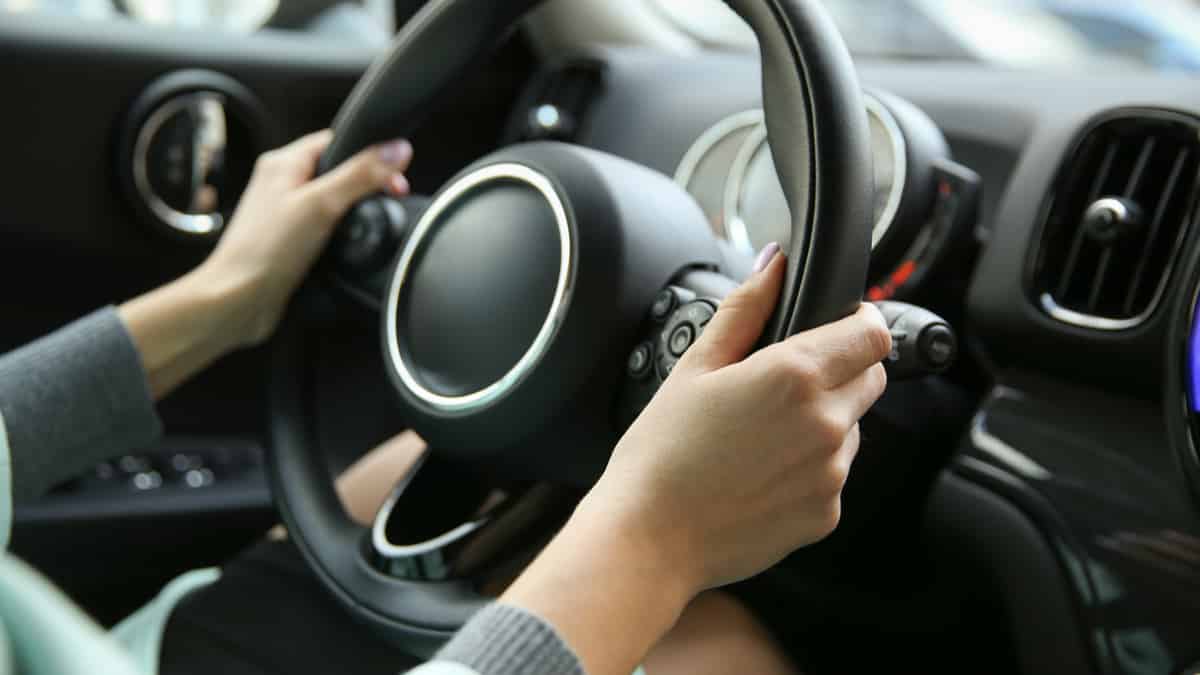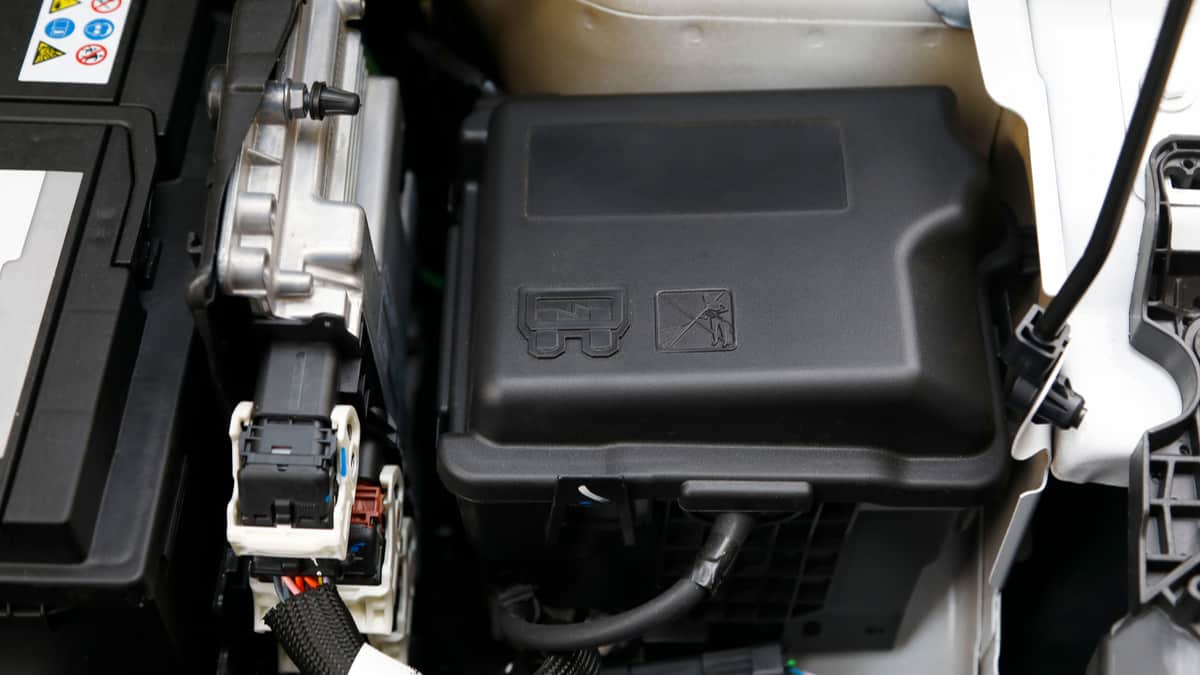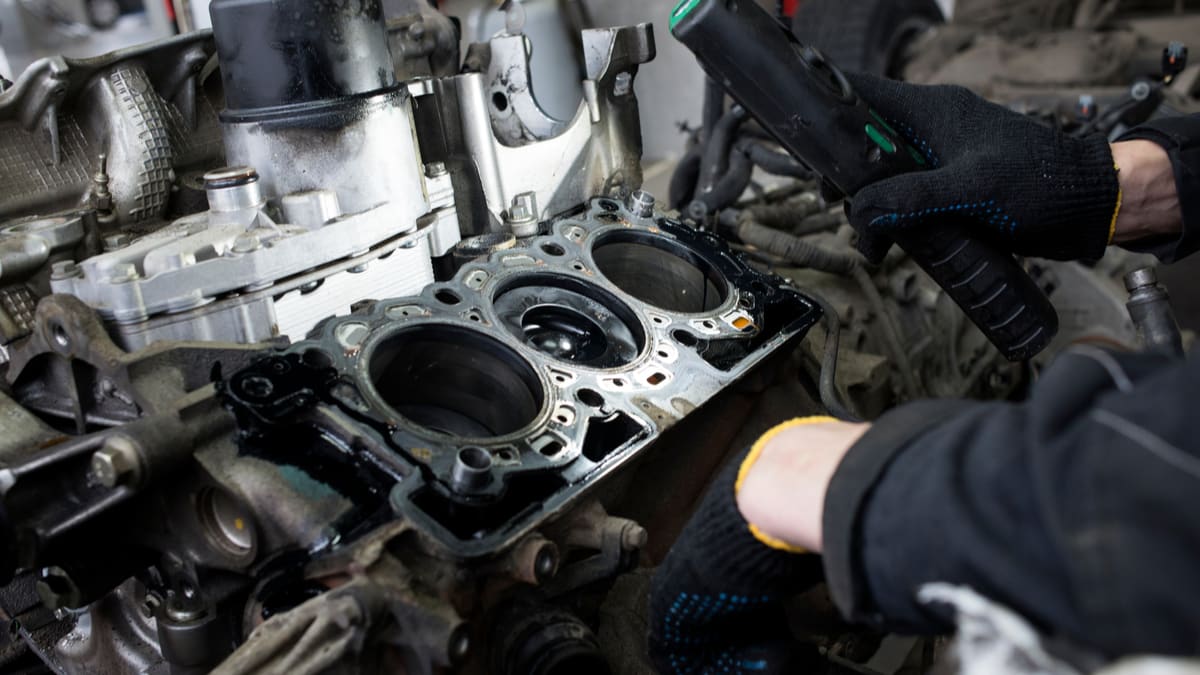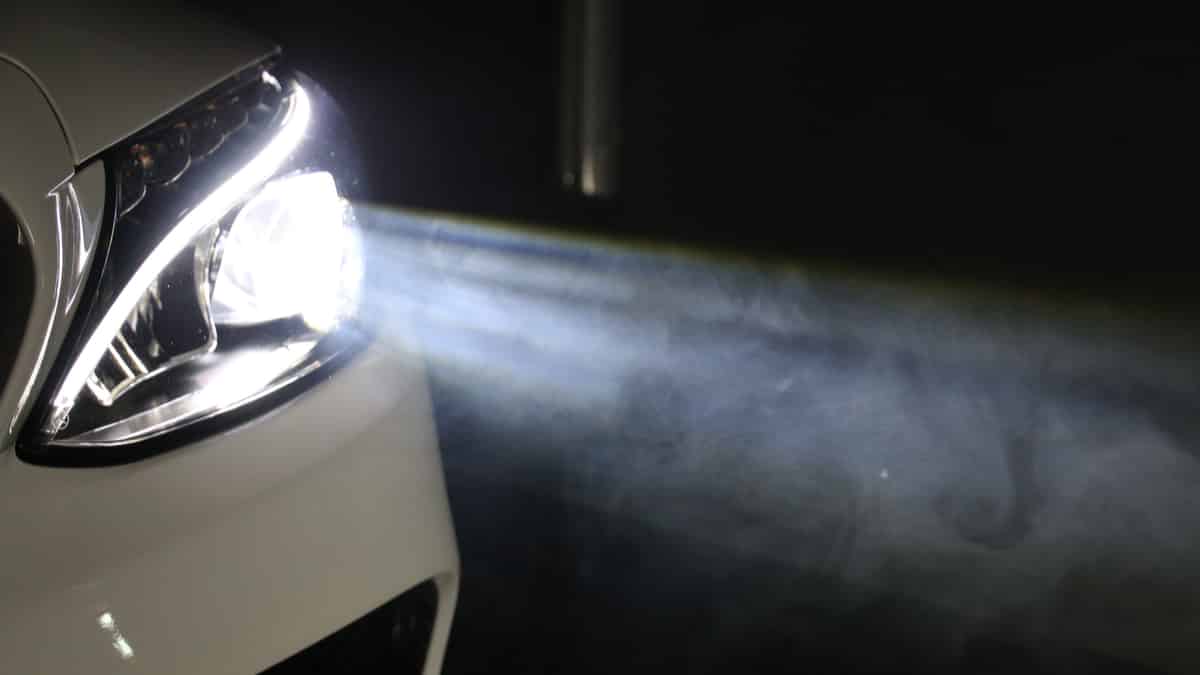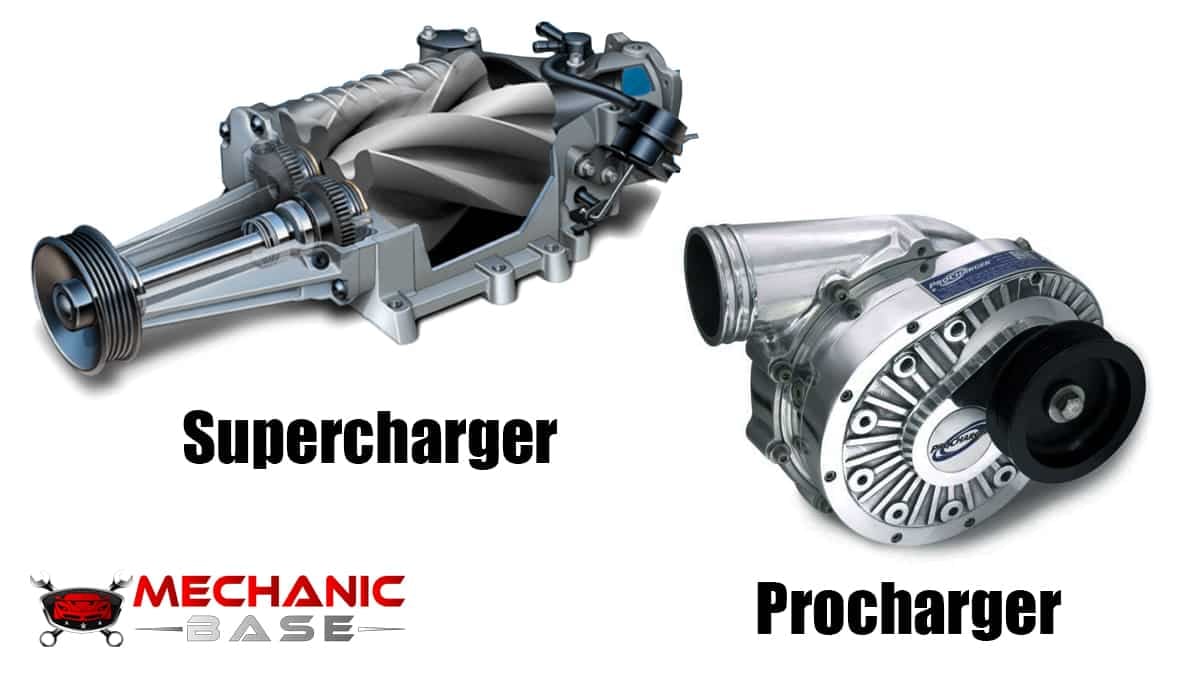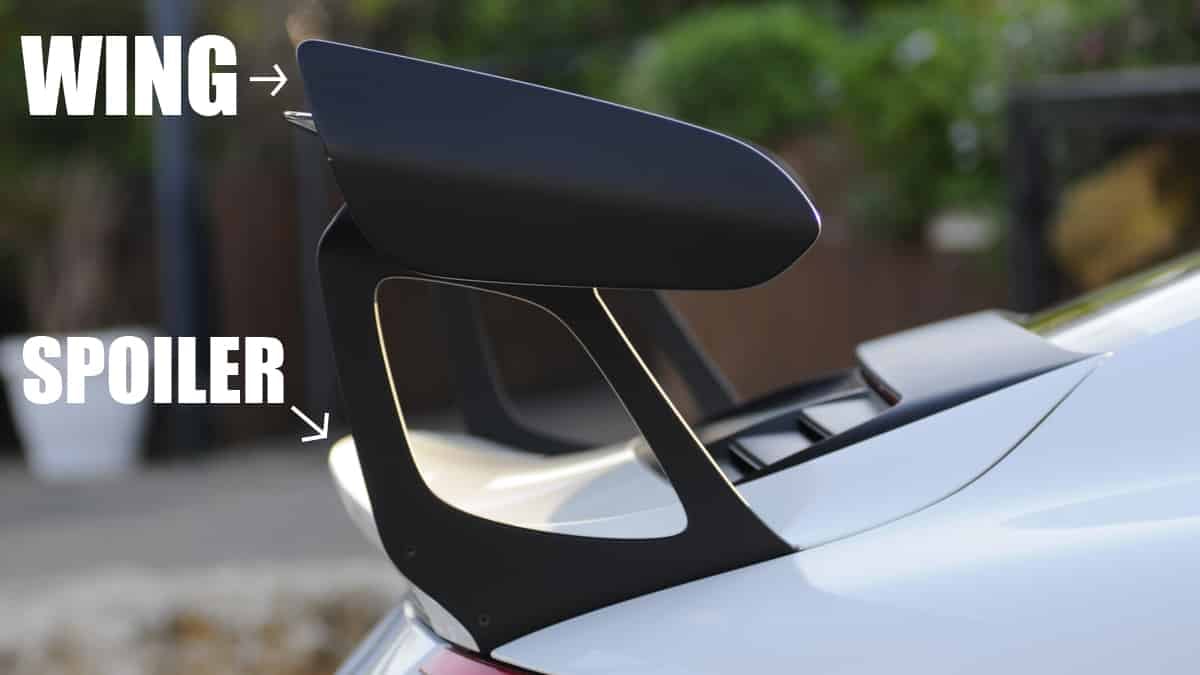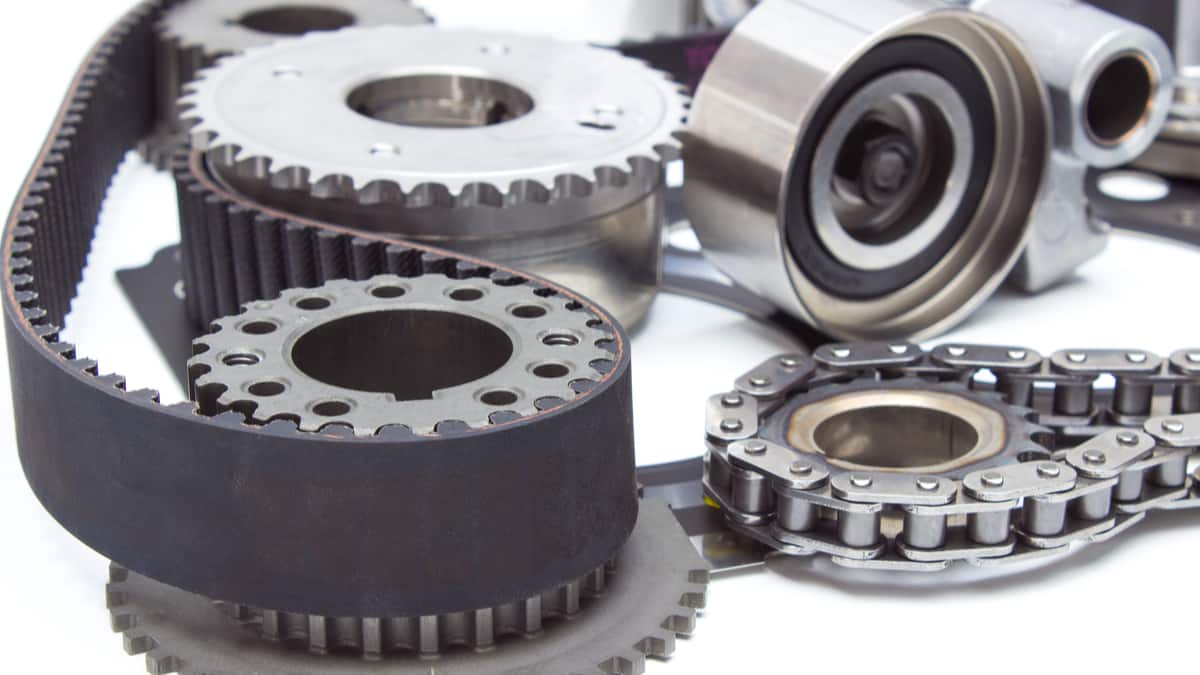It can be difficult to stay up-to-date with all of the latest innovations used on today’s cars, especially if you’re an older mechanic. For example, what is the difference between the electric vs. hydraulic power steering system and which one is better?
In this guide, we look at both to determine which one is preferable. We examine the pros and cons of both systems and answer some of your top questions. There’s also a section describing some other types of steering systems you may not have known about.
Which is Better: Electric or Hydraulic Power Steering?
Both have good and bad qualities. Hydraulic power steering is tried and true since it’s been around for so long. Today’s hydraulic systems are fine-tuned and provide a good user experience. Electric power steering is newer, lightweight and contains fewer moving components.
Hydraulic power steering requires more maintenance and it needs fluid. In comparison, the electric power steering utilizes sensors to make adjustments. It’s difficult to find hydraulic systems on today’s cars, as the majority of automakers have shifted to using electric instead.
There are basically two different types of electric power steering systems. One of the types is an electric hydraulic pump connected to a conventional hydraulic power steering system with fluid. The other is an electric motor attached to the steering column. In this article, we will focus on the later type.
What is Hydraulic Power Steering?
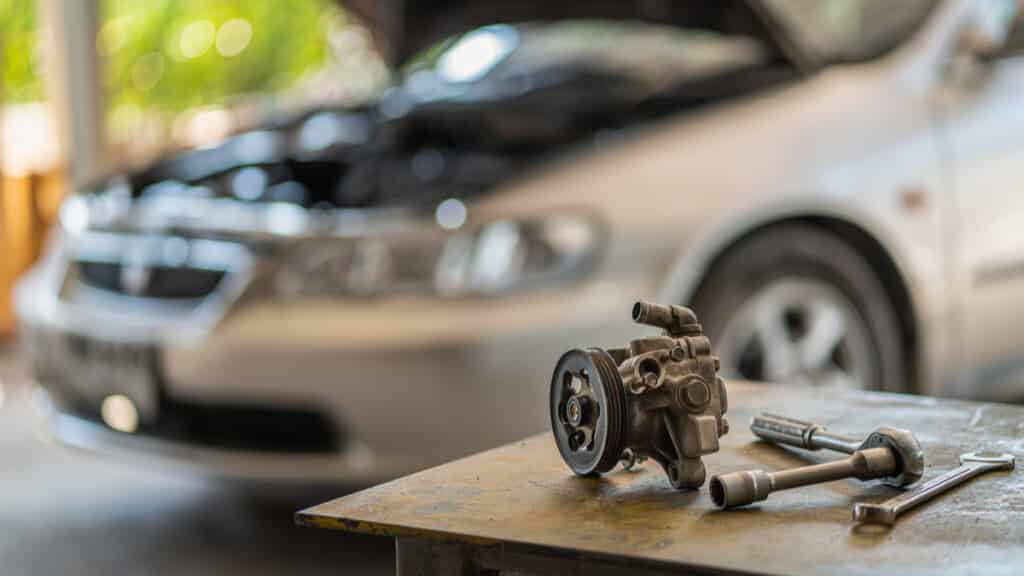
Hydraulic power steering was the norm for many decades. With this system, you have a pump and cylinder, plus valves that are responsible for controlling the flow of hydraulic fluid. The pump is driven by a belt running from the engine and it’s responsible to supply pressure. The speed of the pump is directly related to the motor speed.
Control valves are used to return pressurized fluid back to the reservoir to prevent an imbalance, especially when driving at high speeds. With this setup, you can maintain the right amount of responsiveness.
Pros
Many people are familiar with the hydraulic steering system. Over the years of use, these advantages have shined forth.
- Years of engineering development have allowed for fine-tuning
- More connection to the road through the steering wheel
- More steering feel allows for better handling by the driver
Because the road essentially communicates with the driver through this system, intuitive choices are made, leading to a safer driving experience. In fact, many expensive sports cars and race cars still utilize hydraulic steering because of how well it responds, especially at higher speeds.
Cons
The hydraulic power steering system isn’t perfect. There are several downsides to consider, including the following:
- Power steering fluid is needed
- Maintenance occurs every five years or 50,000 miles, on most cars
- Fluid leaks are common
- Impact fuel economy because it’s engine driven
- More complicated system, with more moving parts
- Additional engine space is needed
There’s a lot more that can go wrong with the hydraulic system. From power steering fluid leaks to trouble with the pump, drivers may not always appreciate the repair and maintenance bills.
What is Electric Power Steering?
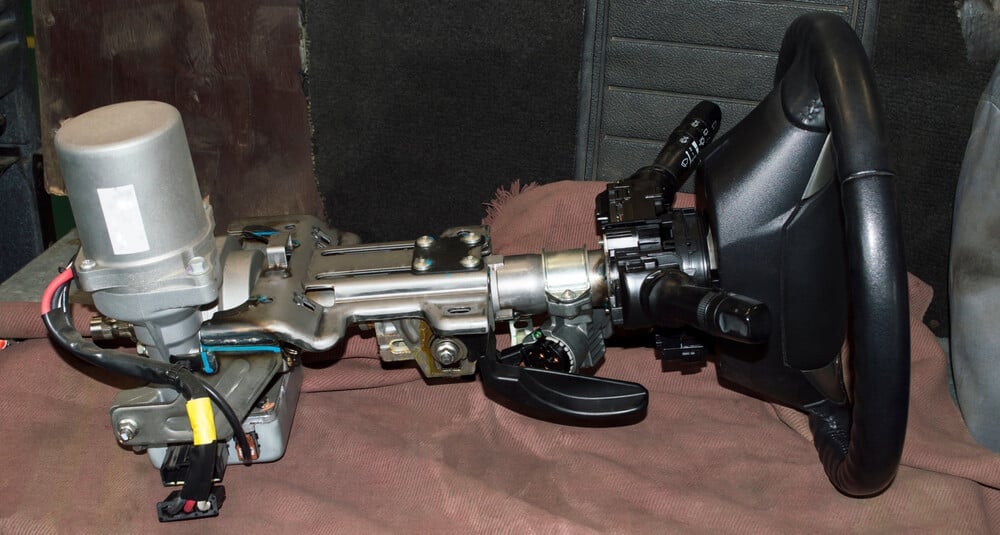
Electric power steering may have become popular recently, but it’s been around since 1876 by a man who invented it known as Fitts. This invention occurred even before the first car was produced. Yet, it didn’t become a mainstream application until the 1970s.
Instead of relying on a hydraulic fluid pump, this steering system utilizes an electric motor. Sensors communicate with the electronic control unit (ECU) to change steering settings based on vehicle speed and a list of other critical factors.
When it was first utilized, there were a lot of bugs to work out, but the systems seem to get better as engineering becomes stronger.
Pros
There are some distinct reasons that this system is found on more modern cars. Here are some of the advantages.
- Simpler design
- Easier to maintain
- No power steering fluid required
- Because power is only drawn when needed, fuel efficiency increases
- Integrates with driver-assist functions, such as lane-keep assistance and automatic parking
- Compensates for driving conditions and poor wheel alignment
Software updates can also be released to increase the accuracy of the system. This type of steering is the future of self-driving cars.
Cons
Even though these are more popular, there are some downsides to consider. These include the following:
- Lack of steering feel or road feedback
- Repairs can be expensive because of electronic equipment
Manufacturers are working to increase the feel of the electric power steering system. Over the next few years, the systems should be able to offer better feedback for a more enjoyable experience.
What Are The Key Differences Between Hydraulic And Electric Power Steering?
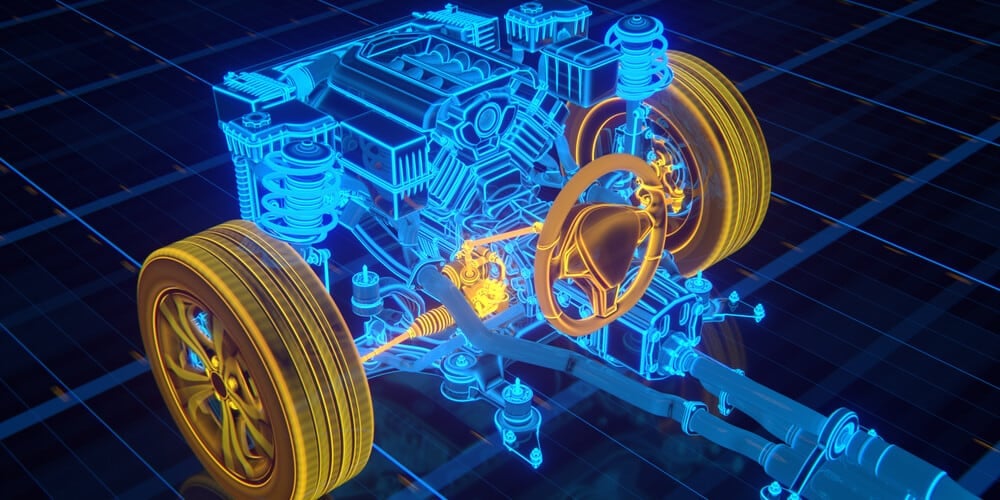
Let’s look closer at what makes each system different from the other. We examine the design, maintenance and repair needs, power source and handling.
1. Design
Hydraulic power steering systems are more complicated than the electric counterparts. This type has more moving parts that could fail.
Additionally, the hydraulic power steering system is heavier and takes up more room. Both of these factors contribute to it reducing the fuel economy of the car.
2. Maintenance and Repair Needs
The hydraulic system requires power steering fluid. This fluid needs to be changed as part of the recommended maintenance schedule. On average, a power steering fluid change may cost $25 to $125. If you can do the change yourself, you can save money on the labor. While this isn’t a lot of money, it’s an expense that some drivers would be happy to do without.
Most modern electrical power steering systems don’t use fluid. Therefore, there’s a lot less maintenance to think about.
Beyond the maintenance, repairs are another aspect to consider. More tends to go wrong with hydraulic systems, from leaks to belt trouble. Yet, many of the problems are simple to fix. When the electrical power steering system breaks, the repair can be expensive. There are complex sensors involved in the system, all of which can be costly to replace.
3. Power Source
An engine-driven belt is used to power the hydraulic steering system. As the engine speeds up, so does the belt. Because of this configuration, the hydraulic system tends to use slightly more fuel.
Yes, the electric power steering also uses the engine, but indirectly. Power is only drawn when the wheel is turned, so you achieve better gas mileage overall.
4. Handling
Hydraulic power steering provides a better road feel. There’s feedback coming from the road with this system, which is why race car drivers prefer this setup.
The electric power steering system offers a consistent experience at a variety of speeds. As time goes on, manufacturers continue to improve the system to make it more comparable to hydraulic steering.
Other Steering Systems
While these are the most popular steering systems, others are sometimes used. Here are four to consider.
- Unassisted: Contains no system to take the load off of the steering wheel, making it very difficult to steer.
- Electro-Hydraulic: Blend of hydraulic and electric systems using a pulley running from the engine. The electric pump pressurizes the hydraulic steering fluid.
- Steer-by-Wire: A newer form of steering used often in EVs. The steering wheel isn’t connected to the wheels. Instead, the two communicate with one another through the ECU and wires.
- Rear-Wheel Steering: This system operates the front and rear wheels. It can implement hydraulic or electric power steering to work the system.
Can you steer if the electric power steering goes out?
Yes, you may still be able to steer, but it can be a lot more difficult. To prevent this situation, it’s best to have the system looked at once trouble begins. In many cases, there will be symptoms showing that the steering is failing, giving you time to have it repaired.
What is the lifespan of electric power steering?
Auto manufacturers claim that electric power steering is meant to last for the lifetime of the vehicle, but that’s not always the case. Because the system relies on sensors and electrical connections, malfunctions can occur at any time. In some cases, a simple software update may be all that’s needed.
What is a common cause of electric power steering failure?
Electronic power steering fails sometimes because of the electric motor and the heat it endures. Over time, this can lead to motor failure. There’s also the chance of dirt, water or contaminant infiltration that can lead to failure in the system. A certified mechanic can diagnose the issues and repair them.
Does electric power steering need maintenance?
The electric power steering system doesn’t need regular maintenance. There’s no fluid to change or hoses to break. However, the steering system isn’t immune from trouble. Any glitch in the software or failure of the electric motor can lead to problems controlling the vehicle.
Do any cars still use hydraulic power steering?
There are very few cars made today that have hydraulic power steering systems. Race car drivers still prefer the systems, as do high-end sports car owners. Aside from that, there are a few performance models and some trucks that still rely on hydraulic fluid for steering, but this may not be the case in a few years.
When you choose a new car, you don’t get the option between steering systems anymore. The majority of new cars come with the electric power steering system. Yet, it’s still important to understand the differences, especially if you are looking at pre-owned vehicles from years ago. The hydraulic system may provide a better feel, but it also uses more fuel and requires regular maintenance.
As professional mechanics, we see the wave of electric power steering systems hitting the market. Technicians are shifting focus from dealing with hydraulic fluid leaks to more software errors and electric motor failure. In time, there may not be any vehicles on the road that still rely on power steering fluid.
Categories: Driving, Suspension
